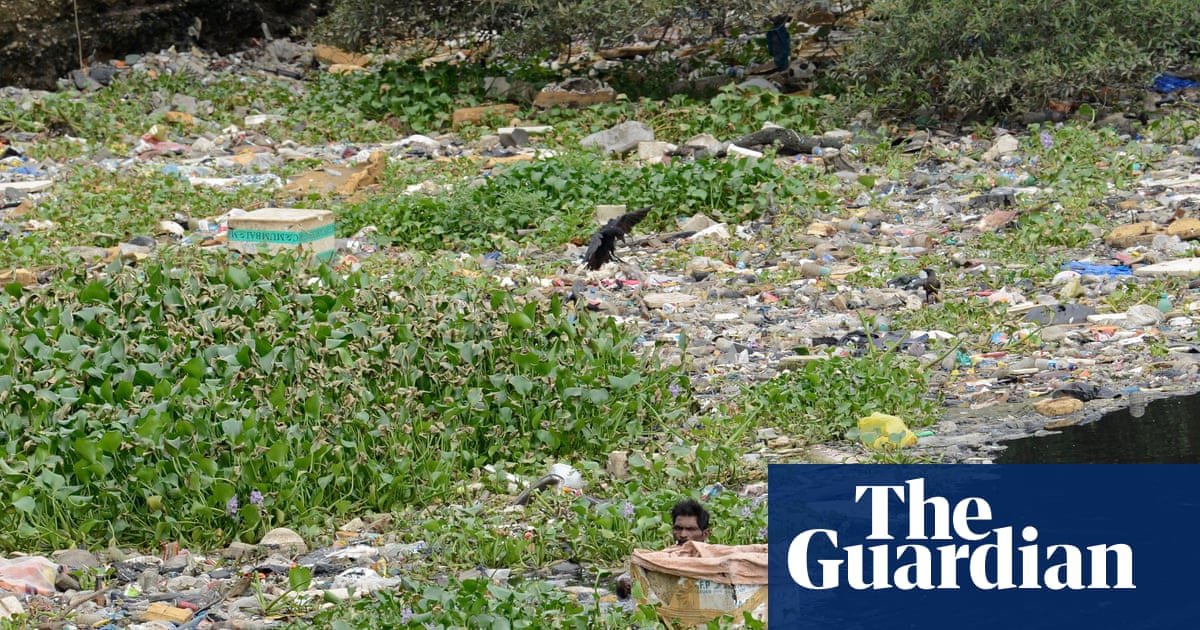T4K3.news
New nonstick material reduces use of harmful chemicals
Researchers at the University of Toronto have developed a safer alternative to traditional nonstick coatings.

A new material from University of Toronto Engineering presents a safer nonstick solution for various applications.
Researchers reveal new nonstick material with reduced chemical risks
Researchers at the University of Toronto Engineering have developed a novel nonstick material that offers a safer alternative to traditional coatings like Teflon. This new substance significantly reduces the presence of per- and polyfluoroalkyl substances (PFAS), controversial chemicals linked to health and environmental concerns. The research team, led by Professor Kevin Golovin, has created a coating that effectively repels water and oils while maintaining a lower risk profile compared to existing products. The new material, made using a technique called nanoscale fletching, employs polydimethylsiloxane (PDMS) bonded with the smallest PFAS molecules, minimizing potential health risks associated with longer-chain PFAS. Although the current solution is not entirely PFAS-free, researchers believe it represents a major advancement toward safer consumer products.
Key Takeaways
"The challenge is that while it's easy to create a substance that will repel water, it's hard to make one that will also repel oil and grease to the same degree."
Professor Golovin highlights the difficulty in creating effective alternatives to traditional nonstick materials.
"Our hybrid material provides the same performance as what had been achieved with long-chain PFAS, but with greatly reduced risk."
Golovin emphasizes the improved safety profile of their newly developed material.
"We're not quite there yet, but this is an important step in the right direction."
Golovin indicates the ongoing efforts towards developing a completely PFAS-free nonstick solution.
"If you were able to shrink down to the nanometer scale, it would look a bit like the feathers that you see around the back end of an arrow."
Au illustrates the nanoscale structure of their innovative material, likening it to primitive designs.
This development could shift the landscape of nonstick materials, offering a safer product at a time when public pressure on industries to reduce harmful chemicals is intensifying. The introduction of this innovative material comes against a backdrop of growing awareness regarding the long-term health impacts of PFAS exposure. The use of nanoscale fletching may also pave the way for alternative materials that do not rely on any PFAS compounds, a goal the research team deemed their 'holy grail.' As awareness of chemical safety continues to evolve, consumer demand for safer alternatives will likely drive further innovation in this field.
Highlights
- A safer alternative to forever chemicals might finally be here.
- The new material could reshape our understanding of nonstick surfaces.
- Innovative techniques could lead to completely PFAS-free options.
- This is an important step toward reducing chemical risks in our kitchens.
Emerging concerns about chemical exposure
The use of even minimal PFAS in the new material may still raise health concerns. As ongoing public scrutiny regarding PFAS continues, this could lead to backlash. Consumer sentiment towards chemicals in household products is particularly sensitive and could influence market acceptance.
The quest for a completely PFAS-free nonstick solution remains ongoing and urgent.
Enjoyed this? Let your friends know!
Related News

New studies reveal dangers in chatbot interactions

New studies explore sunlight benefits for health

Exploring GLP-1 medications and their implications

Health risks linked to black plastic coffee machines

New metal alloy production method announced

Study Links PFAS Chemicals to Type 2 Diabetes

Health impacts from plastics exceed $1.5 trillion annually

New research links ejaculation to lower prostate cancer risk
